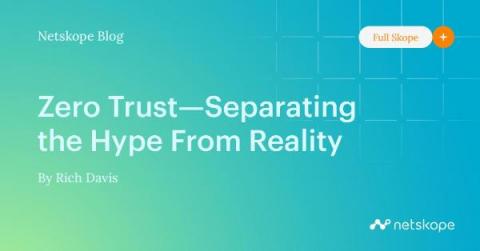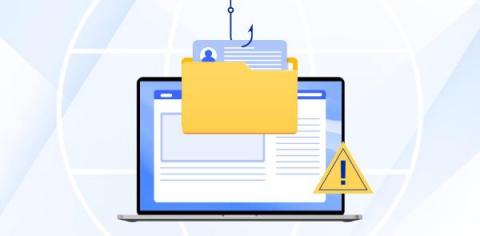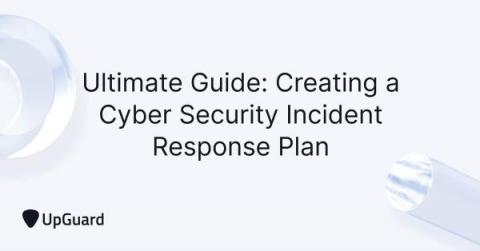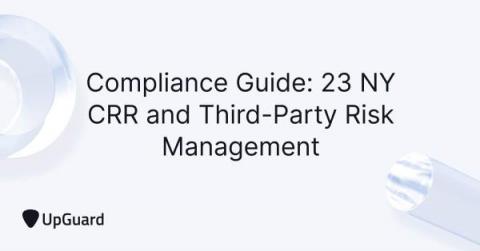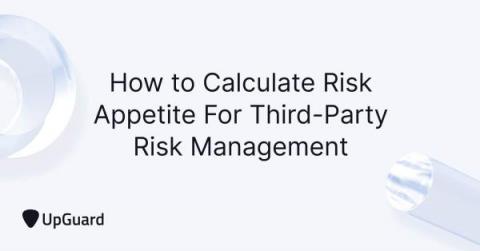NIST SP 800-161r1: What You Need to Know
Modern goods and services rely on a supply chain ecosystem, which are interconnected networks of manufacturers, software developers, and other service providers. This ecosystem provides cost savings, interoperability, quick innovation, product feature diversity, and the freedom to pick between rival providers. However, due to the many sources of components and software that often form a final product, supply chains carry inherent cybersecurity risks.



